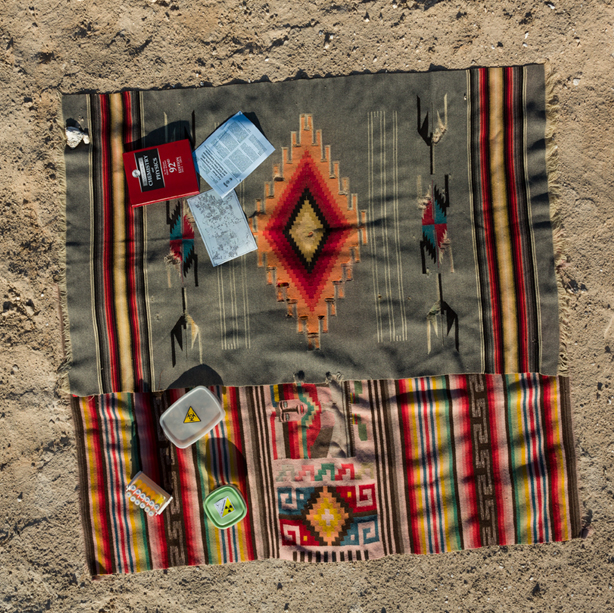Books:
Poverty Capital: Microfinance and the Making of Development
by Ananya Roy, 2010.
The Great Transformation: The Political and Economic Origins of Our Time
by Karl Polanyi, 1944.
Journals:
Time Magazine, Feb 14, 2011
Cover article, "Special Report: Crisis in Egypt, Revolution and What It Means for the Middle East."
Time Magazine, December 26, 2005
Cover article, "Persons of the Year: The Good Samaritans, Bill Gates, Bono, and Melinda Gates."
Food:
Whole Foods sandwich cookies
Thermos of black tea
Sugar
Glass bottle of milk
Three cups
 Next Picnic
Next Picnic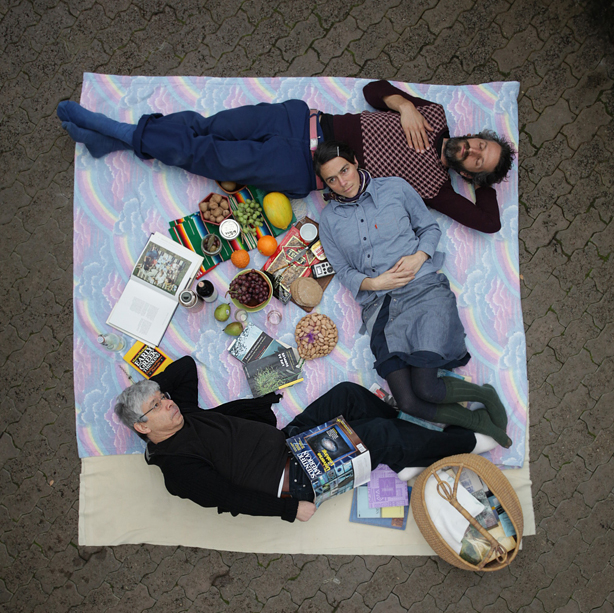
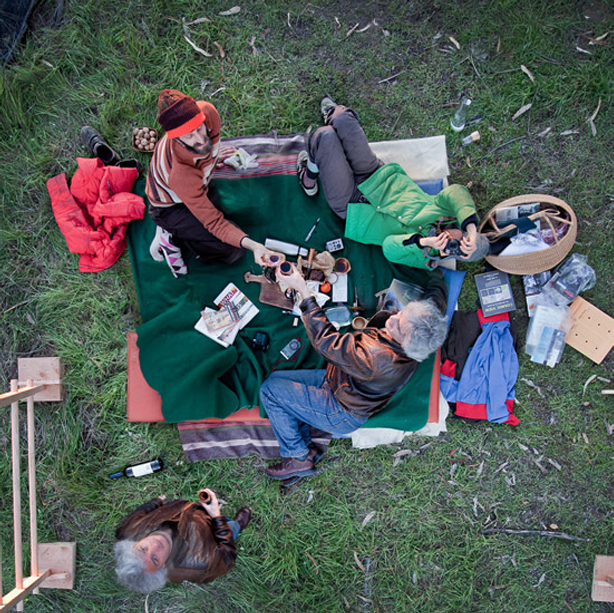
 Next Picnic
Next Picnic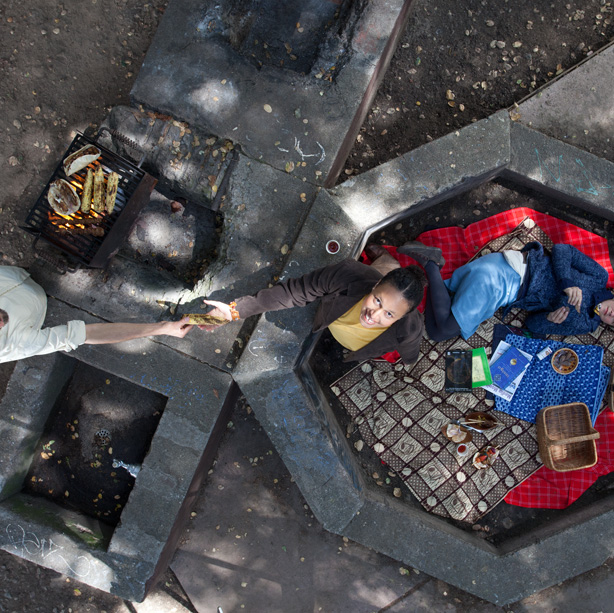
 Next Picnic
Next Picnic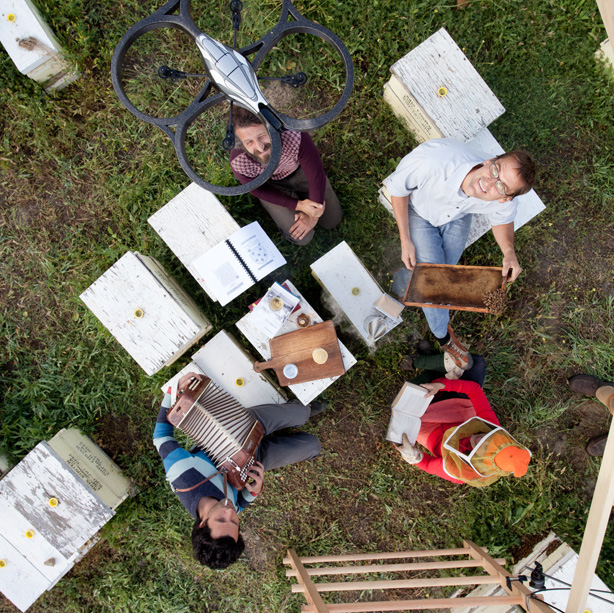
 Next Picnic
Next Picnic
 Next Picnic
Next Picnic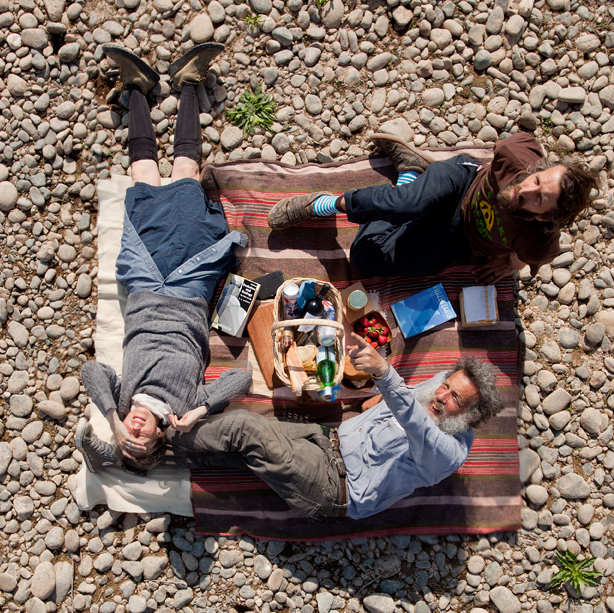
 Next Picnic
Next Picnic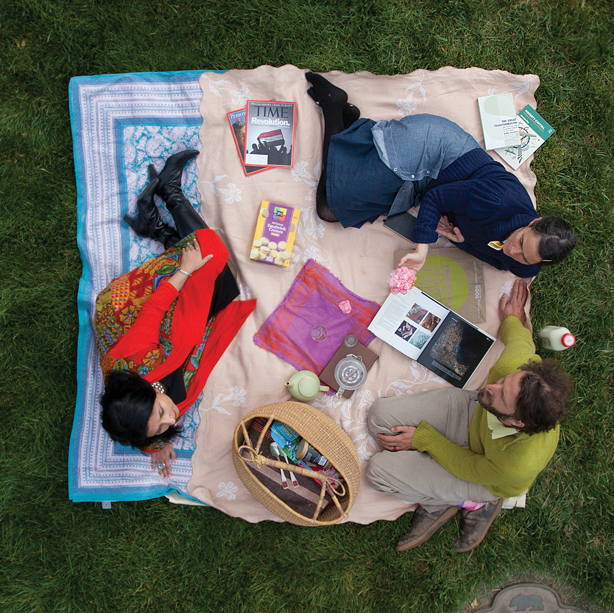
 Next Picnic
Next Picnic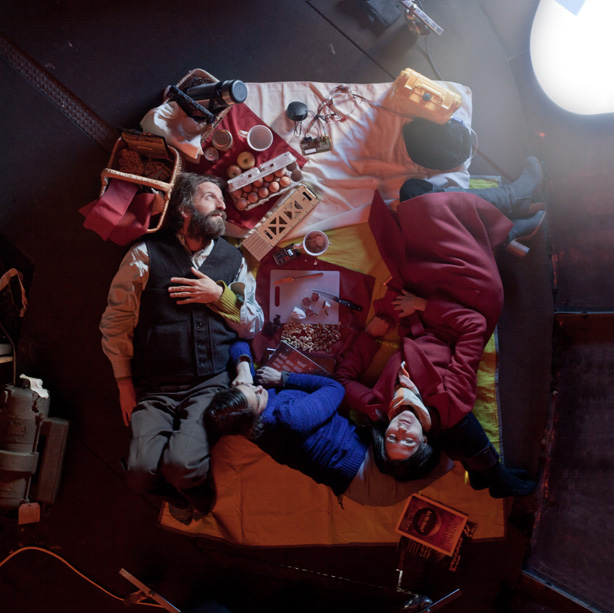
 Next Picnic
Next Picnic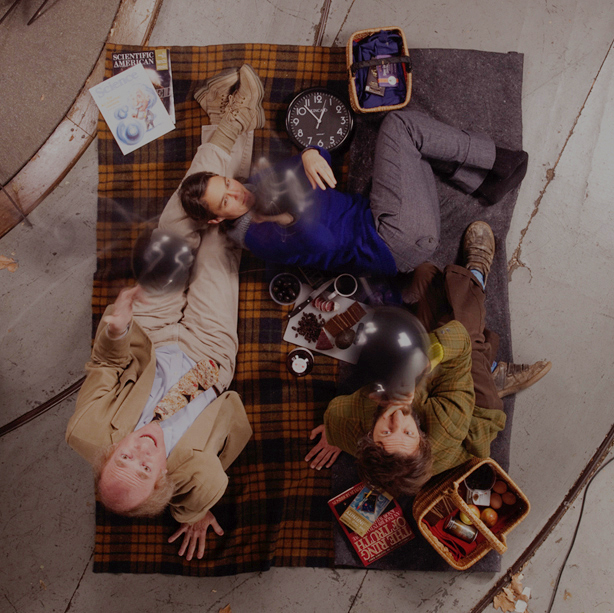
 Next Picnic
Next Picnic